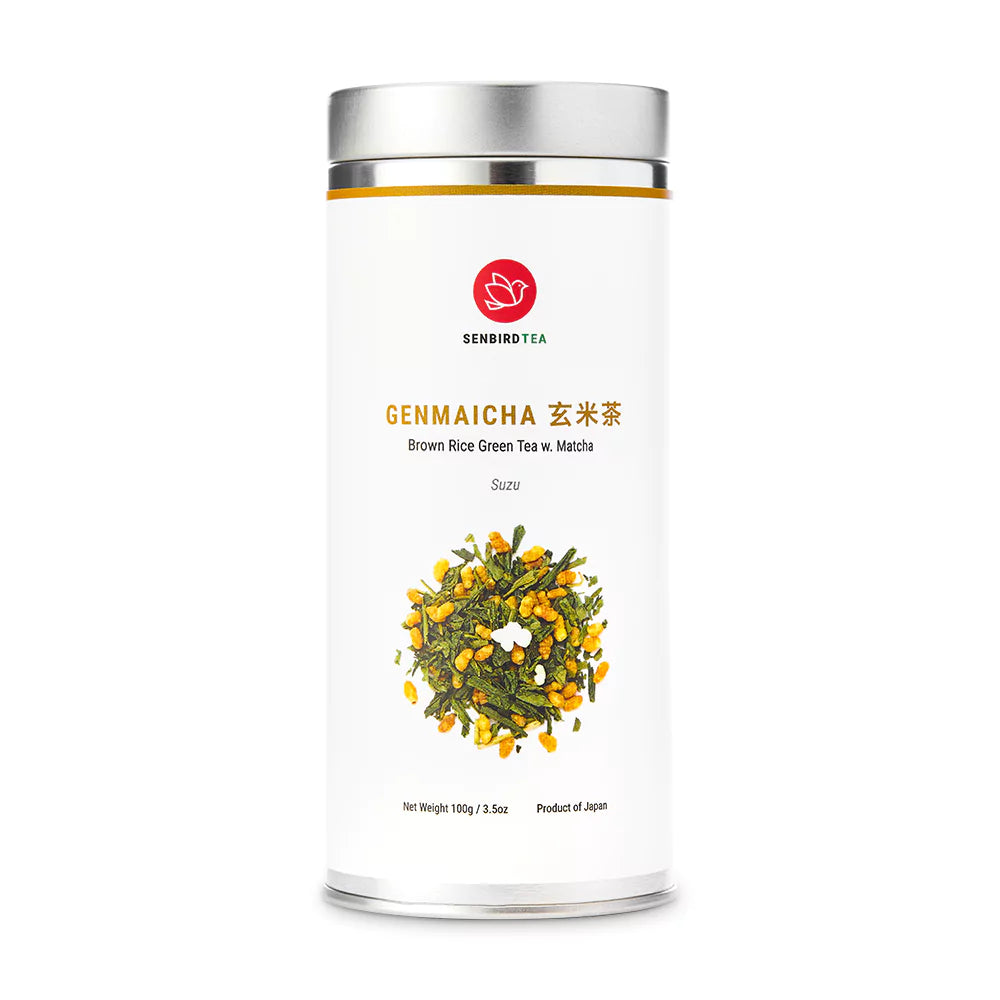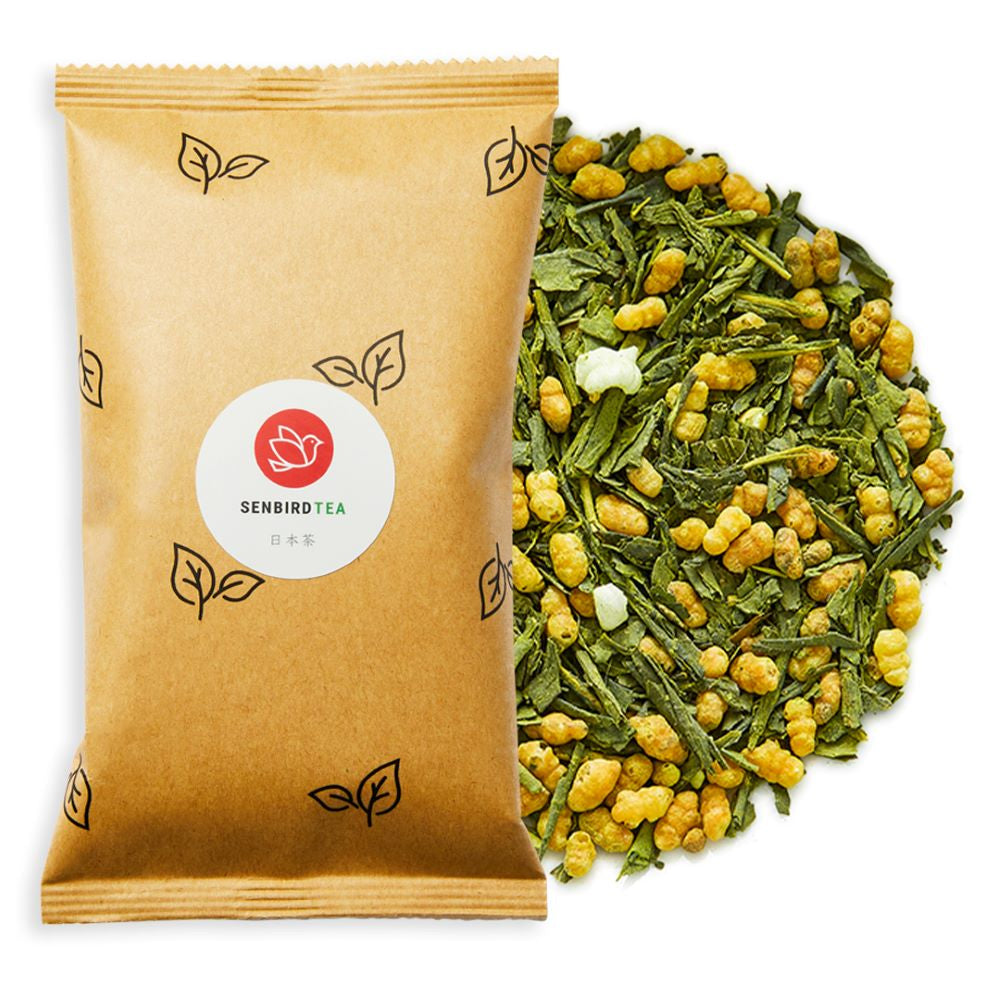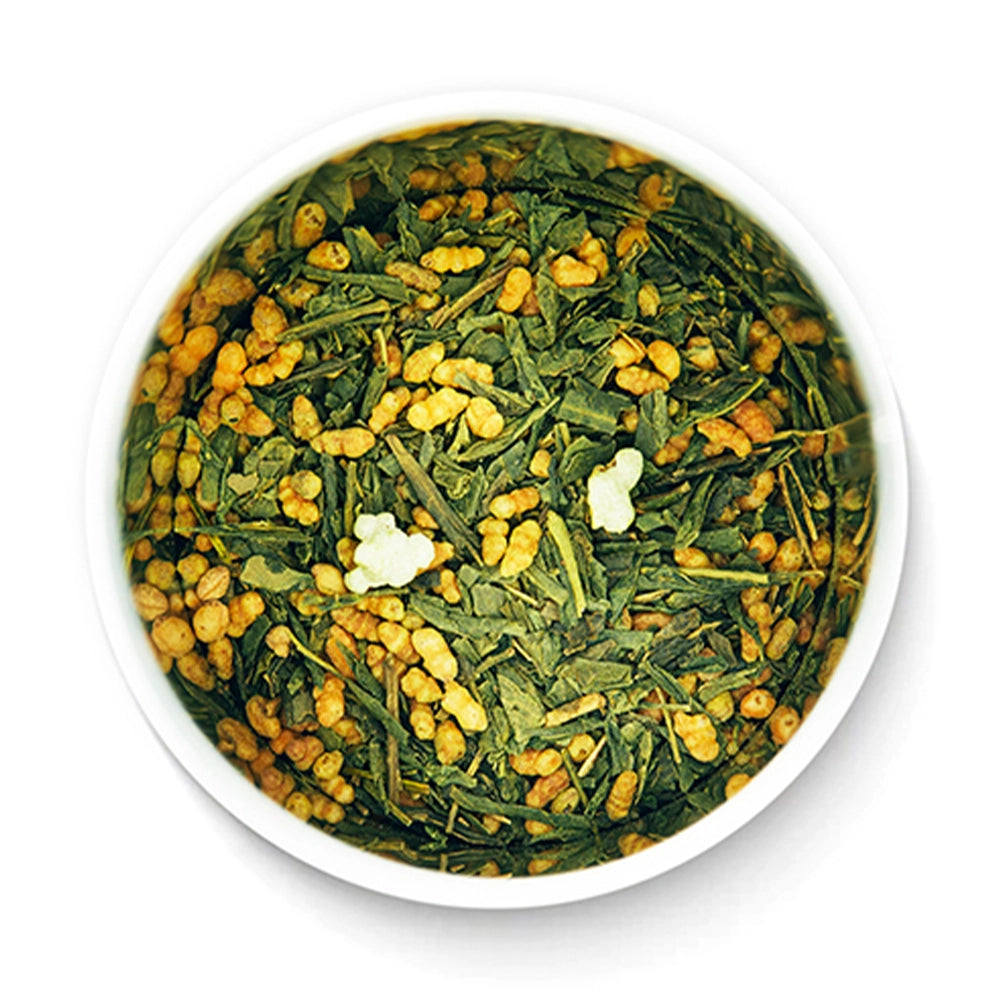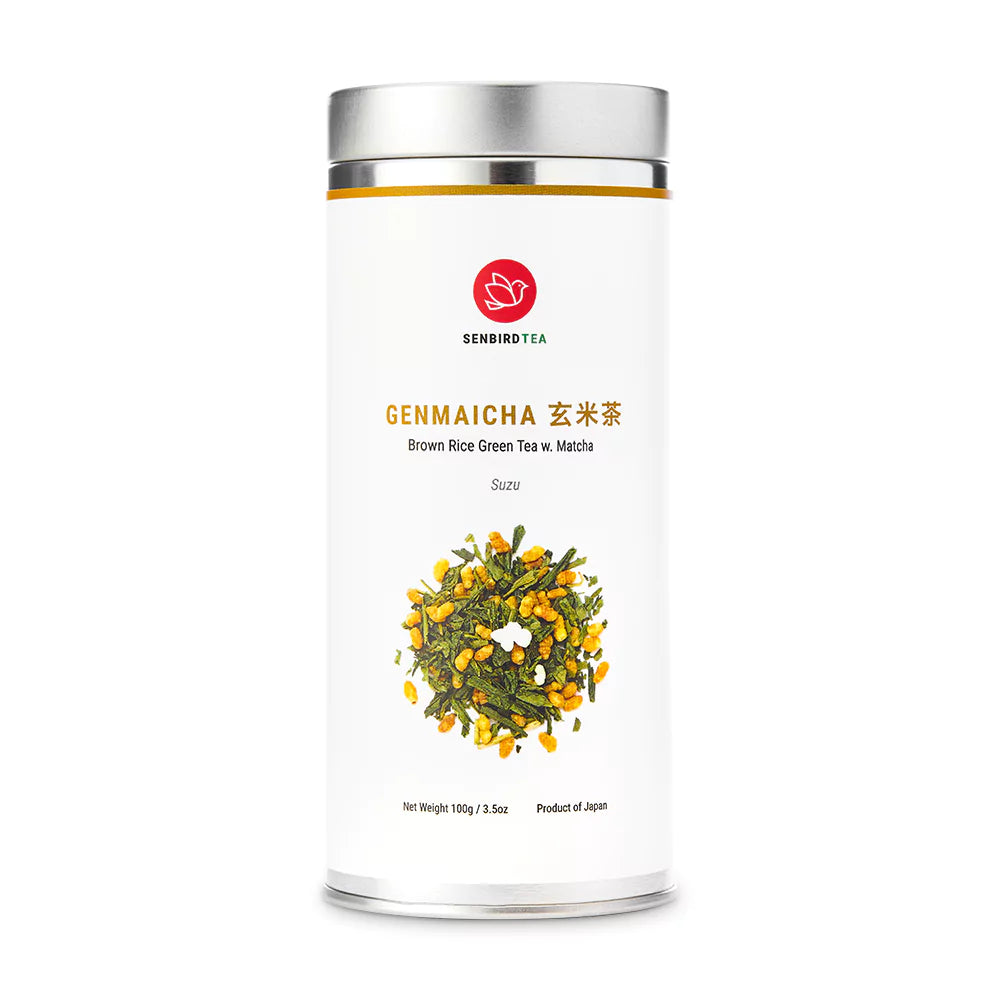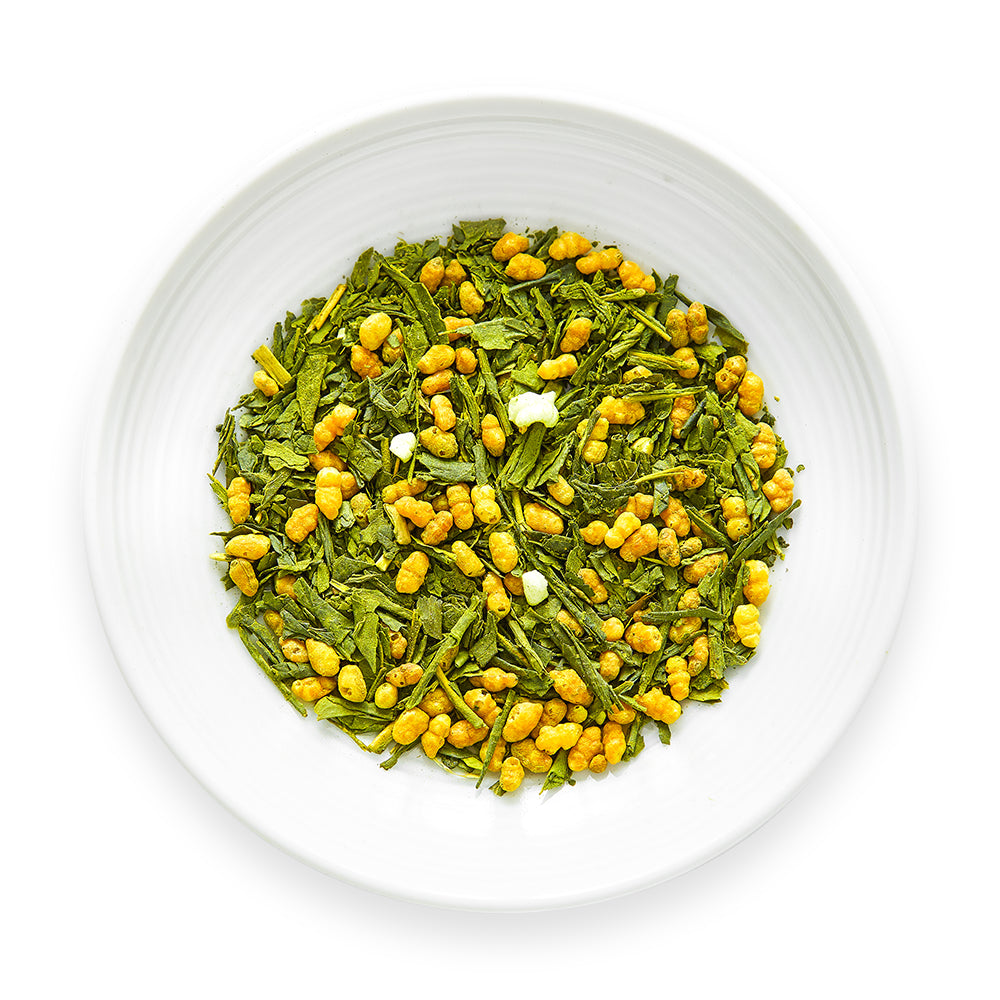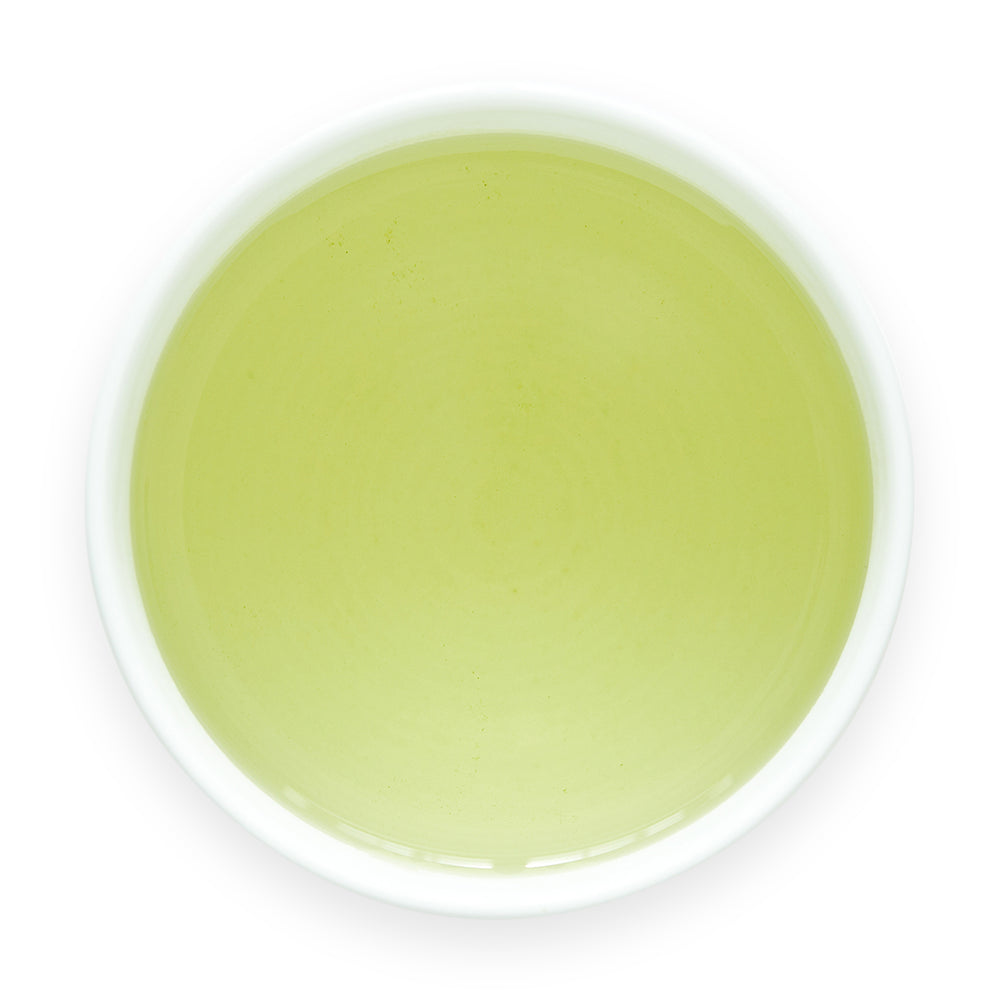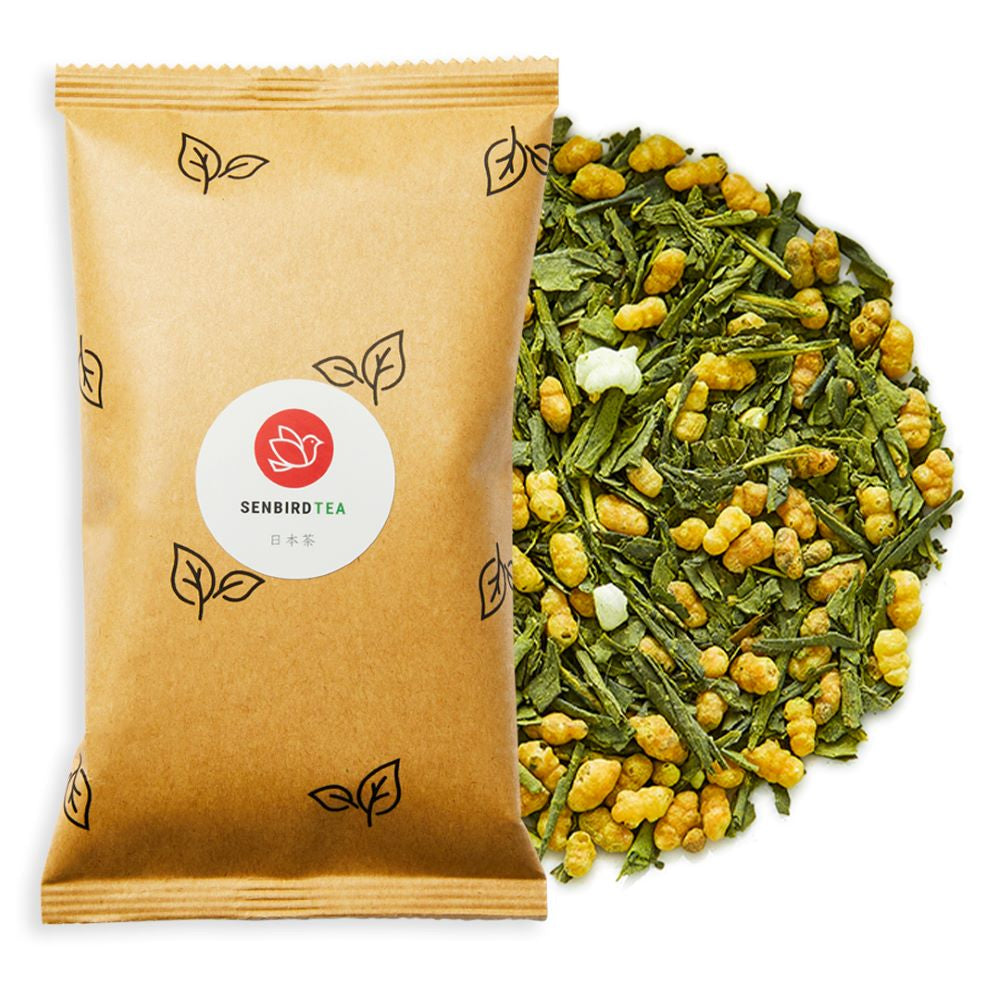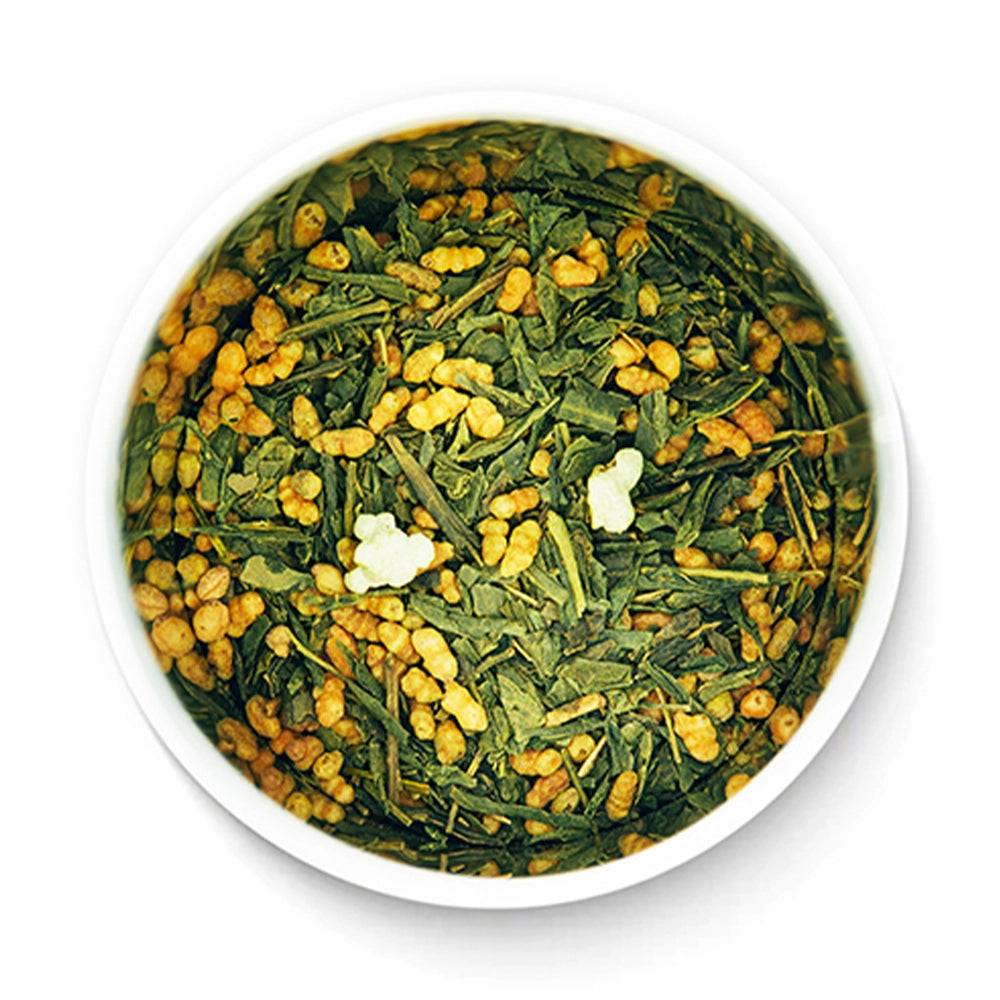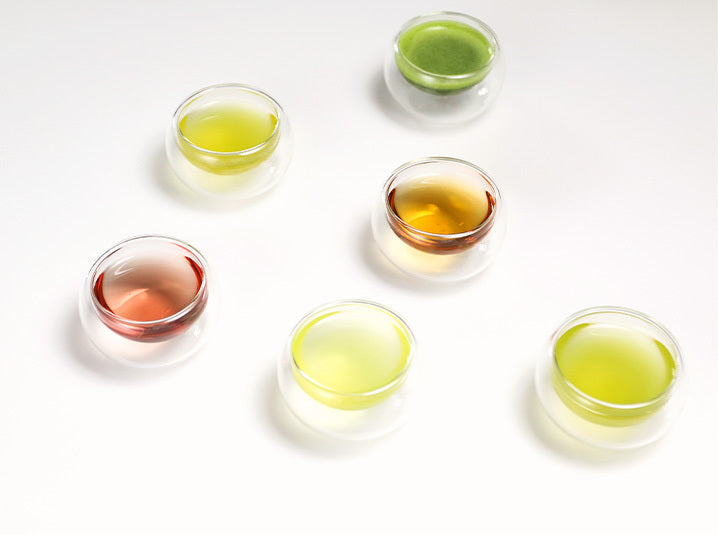
10 Unique Varieties: A Guide to Japanese Teas
Welcome to our guide to Japanese tea varieties! Japan’s tea culture dates back to the 9th century, with the first recorded instance of tea drinking in 815 CE. Today, Japanese teas are renowned for their distinct flavors, aromas, and abundant health benefits.
Japanese tea varieties are primarily categorized into green teas and herbal teas. Understanding the different types of Japanese tea is essential for appreciating Japan’s rich tea traditions. This guide covers 10 unique Japanese tea varieties, their production, preparation, and best ways to enjoy them.

1. Sencha - The Classic Japanese Green Tea
Sencha (煎茶) is the most popular type of Japanese green tea, making up about 80% of Japan’s total tea production. Farmers steam, roll, and dry young tea leaves to create a refreshing, grassy flavor with slight bitterness and a sweet finish. In fact, there are different grades of sencha, including fukamushi sencha (deep-steamed) and asamushi sencha (light-steamed), each offering unique flavor profiles. Moreover, Gyokuro, a premium shade-grown Japanese tea variety, ranks among the highest grades of sencha.
Tea farmers grow Gyokuro in shaded areas to increase the concentration of amino acids, giving it a sweeter, smoother flavor. They steam Fukamushi and asamushi for different lengths of time, with fukamushi being steamed longer to produce a deeper color and richer flavor.
Traditionally, Sencha is brewed in a kyusu (Japanese teapot) with water at about 70-80°C (158-176°F) for 30-60 seconds before being poured into small cups.

2. Matcha - Japanese Green Tea Powder
Matcha (抹茶) is a vibrant Japanese green tea powder made from shade-grown leaves that are stone-ground into a fine powder. Outside Japan, Matcha is the most well-known Japanese tea, increased its popularity for its unique flavor and numerous health benefits. Traditionally, it's prepared in a matcha bowl using a bamboo whisk called a chasen.
Matcha has a distinctive, bright green color and a rich, creamy flavor with a slightly bitter aftertaste. It is high in antioxidants and contains caffeine, making it a popular choice for a natural energy boost. Additionally, people traditionally enjoy matcha in tea ceremonies, but nowadays they also use it different recipes, such as in matcha lattes, ice cream, and desserts.

3. Genmaicha - Japanese Brown Rice Tea
Genmaicha (玄米茶) is a blend of Japanese green tea and roasted brown rice, giving it a toasty, nutty aroma. In fact, originally developed as a way to stretch tea leaves during times of scarcity, genmaicha became a beloved tea in its own right. The roasted rice gives it a mild sweetness and a slightly brownish color, earning the nickname “popcorn tea” for its resemblance to popped rice.

4. Hojicha - Japanese Roasted Green Tea
Hojicha
Low in caffeine compared to other Japanese green teas, hojicha is a popular choice for those sensitive to caffeine or who enjoy evening tea. Brew Hojicha using hotter water than other Japanese teas, at around 90°C (194°F) for 30-60 seconds. Hojicha pairs well with savory dishes such as grilled meats and vegetables, making it a great companion for meals.

5. Gyokuro - Shade-grown Japanese Green Tea
Farmers grow Gyokuro (玉露), a premium Japanese green tea, in the shade for several weeks before harvest. This method increases chlorophyll and amino acids, enhancing its characteristic umami flavor and sweetness. After harvesting, they steam, roll, and dry the leaves like sencha, but they handle the processing more meticulously to preserve its delicate flavor. While Gyokuro and sencha come from the same tea leaves, farmers harvest Gyokuro later and process it differently.
Gyokuro is meticulously processed to preserve its delicate nature and is known as one of the most expensive Japanese tea varieties due to its labor-intensive cultivation. Gyokuro has a distinctive umami flavor and a bright green color. It is one of the most expensive and sought-after Japanese teas due to its complex flavor and production process, as well as impressive health benefits.
Brew Gyokuro using lower water temperatures than other Japanese teas, at around 50-60°C (122-140°F) for 1-2 minutes. Afterwards, enjoy this shade grown green tea on its own or pair it with delicate foods, such as sashimi or steamed seafood.

6. Kukicha / Boucha – Twig Green Tea
Farmers make Kukicha (茎茶) or bōcha (棒茶) from the stems and twigs of the tea plant, giving it a light, nutty taste. With its naturally low caffeine content, Kukicha is an excellent choice for those sensitive to caffeine.
People often blend Kukicha with sencha or gyokuro to create a unique flavor profile. The high antioxidant levels provide numerous health benefits that support overall well-being.
Kukicha is best brweed with water that is around 80°C (176°F) for 30-60 seconds. Then, enjoy the tea on its own or pair it with light, delicate foods such as salads or vegetable dishes.

7. Sobacha - Buckwheat Tea
Roasting buckwheat kernels creates Sobacha (そば茶), a Japanese herbal tea with a golden yellow hue and an earthy, nutty aroma. Naturally caffeine-free, Sobacha offers soothing properties and may support digestive health.
Rich in antioxidants, Sobacha offers numerous health benefits, such as helpingpan> reduce inflammation and improve digestion, contributing to overall well-being.
Sobacha is traditionally brewed by steeping the roasted buckwheat kernels in hot water for 3-5 minutes. The tea can be enjoyed on its own or paired with sweet desserts or savory dishes, such as roasted vegetables or grilled meats.

8. Kuromamecha - Black Soybean Tea
Kuromamecha (黒豆茶) is a Japanese herbal tea made by roasting black soybeans, producing a rich, nutty flavor. Traditionally used in Japanese medicine, it is known for its antioxidant properties and potential blood sugar regulation benefits, in addition to other numerous impressive health benefits.

9. Yuzu Cha - Japanese Yuzu Citrus Tea
Yuzu Cha (柚子茶) comes from yuzu fruit, a fragrant Japanese citrus similar to lemon. This tea is high in vitamin C and often enjoyed for its immune-boosting and calming properties, making it a go-to to ease cold and flu symptoms. Often, Yuzu is blended with Sencha or Kukicha to make Yuzucha.
Similar to other impressive and healthy caffeine-free teas, Yuzu tea is reputed to have calming properties, making it a dlightful choice for a relaxing evening tea.
Traditionally, people make Yuzu Cha by steeping dried yuzu slices in hot water for 3-5 minutes. This tea pairs well with sweet desserts or savory dishes, such as grilled fish or chicken.

10. Bancha - Coarser “Every day” Tea
Bancha (番茶) is an everyday Japanese tea made from larger, coarser leaves harvested after the sencha season. It has a mild, less astringent flavor and is popular as an affordable, daily tea for every day. While sometimes regarded as a lower-quality tea, it remains popular in Japan due to its unique flavor and aroma.
Bancha is best brewed with water around 80-90°C (176-194°F) for 30-60 seconds. It pairs nicely with light, savory foods such as rice dishes or sushi.

Explore the Richness of Japanese Tea Varieties
Japanese tea culture is deeply rooted in history, offering a diverse range of flavors and health benefits. From the refreshing sencha to the soothing Sobacha, every Japanese tea variety provides a unique experience.
Whether enjoyed on their own or paired with food, Japanese teas are an essential part of traditional and modern tea appreciation. Explore the fascinating world of Japanese tea varieties and indulge in the art of tea.
If you want to read more articles on tea guides, check them out here:
- 4 Health Benefits of Drinking Tea
- 6 Cold Brewing Tea Tips for Japanese Teas
- A Guide to Cold Brew and Iced Japanese Teas
- 5 Tip Guide to Having Japanese Tea Outdoors
- The Origin of the Name "Tea"
- Where Tea Originated: A Brief History of Tea in China, Japan and the West
- How to Meditate with Tea
- How to Practice Mindfulness with Tea
Share your moment with us and stay connected on:
